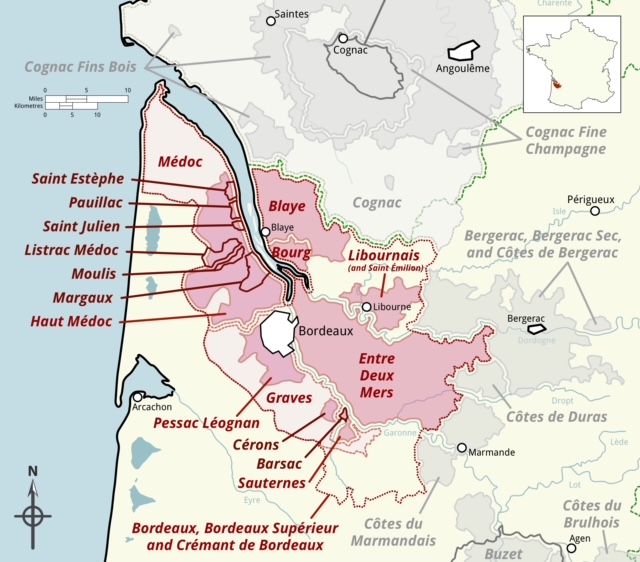Château Rouget is a renowned wine estate situated on the Pomerol plateau, near the village and old church of Pomerol, in the Libourne region of Bordeaux, France. The Pomerol plateau is highly esteemed for its exceptional terroirs and wines, making it one of the most sought-after appellations in the world.
The estate covers 42 acres, with two-thirds of its vineyards located around the Château, while the remaining plots are positioned facing prestigious neighboring estates such as Petit Village, Le Pin, and Trotanoy. The strategic location of these vineyards contributes to the high quality of the wines produced by Château Rouget.
Merlot is the dominant grape variety in Pomerol, and Château Rouget follows suit with 85% of its vineyards dedicated to Merlot. The clayey soils of the area are particularly well-suited for this grape variety, allowing it to express itself in a way that is unparalleled elsewhere in the world. Additionally, Cabernet Franc is also grown at Château Rouget, benefiting from the ideal ripening conditions provided by the estate's location.
The soil composition in the vineyards can vary, with some plots consisting of clay and gravel, while others have clay and silica. Underneath the surface, the subsoils are rich in iron and composed of sandstone. These diverse soil profiles contribute to the complexity and character of the wines produced at Château Rouget.
The estate's vineyards boast vines that are approximately 40 years old, indicating a level of maturity and experience in the grape production process. Moreover, Château Rouget initiated an extensive replanting program in 1992, which, along with the acquisition of five acres from neighbouring prestigious estates on the high plateau in 1999, significantly strengthened the estate's position as a premier cru producer.
Overall, Château Rouget's combination of prime terroirs, careful grape selection, and meticulous winemaking practices contribute to the production of sought-after wines that showcase the best of Pomerol's winemaking traditions.
Gravelous soils mixed with clay. This soil composition, combined with an exceptional exposure, confers all the typicity, elegance and finesse to Château Rouget wines.
The vineyard experienced abnormally dry winter months, followed by an abundance of water in February and March 2017, which led to early bud break and advanced vegetation in April. Despite this, no fungous diseases were observed. However, an unprecedented frost in April irreversibly damaged the Carillon de Rouget 2017. High temperatures in May helped vines to grow healthily, and flowering and veraison occurred in May and July respectively. The harvest took place in September with each parcel being picked in several steps based on grape maturity.
Awards
Robert Parker Wine Advocate 90/100
J. Robinson14.5/20
J. Suckling 95/100
Decanter 91/100
Vinous - A. Galloni 95/100



